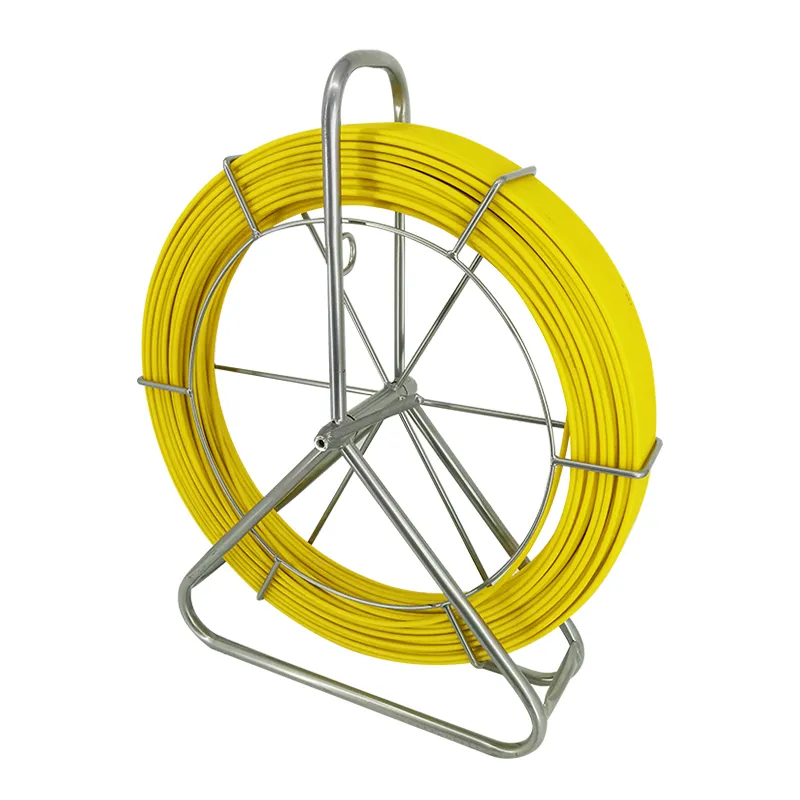
-
 Afrikaans
Afrikaans -
 Albanian
Albanian -
 Amharic
Amharic -
 Arabic
Arabic -
 Armenian
Armenian -
 Azerbaijani
Azerbaijani -
 Basque
Basque -
 Belarusian
Belarusian -
 Bengali
Bengali -
 Bosnian
Bosnian -
 Bulgarian
Bulgarian -
 Catalan
Catalan -
 Cebuano
Cebuano -
 Corsican
Corsican -
 Croatian
Croatian -
 Czech
Czech -
 Danish
Danish -
 Dutch
Dutch -
 English
English -
 Esperanto
Esperanto -
 Estonian
Estonian -
 Finnish
Finnish -
 French
French -
 Frisian
Frisian -
 Galician
Galician -
 Georgian
Georgian -
 German
German -
 Greek
Greek -
 Gujarati
Gujarati -
 Haitian Creole
Haitian Creole -
 hausa
hausa -
 hawaiian
hawaiian -
 Hebrew
Hebrew -
 Hindi
Hindi -
 Miao
Miao -
 Hungarian
Hungarian -
 Icelandic
Icelandic -
 igbo
igbo -
 Indonesian
Indonesian -
 irish
irish -
 Italian
Italian -
 Japanese
Japanese -
 Javanese
Javanese -
 Kannada
Kannada -
 kazakh
kazakh -
 Khmer
Khmer -
 Rwandese
Rwandese -
 Korean
Korean -
 Kurdish
Kurdish -
 Kyrgyz
Kyrgyz -
 Lao
Lao -
 Latin
Latin -
 Latvian
Latvian -
 Lithuanian
Lithuanian -
 Luxembourgish
Luxembourgish -
 Macedonian
Macedonian -
 Malgashi
Malgashi -
 Malay
Malay -
 Malayalam
Malayalam -
 Maltese
Maltese -
 Maori
Maori -
 Marathi
Marathi -
 Mongolian
Mongolian -
 Myanmar
Myanmar -
 Nepali
Nepali -
 Norwegian
Norwegian -
 Norwegian
Norwegian -
 Occitan
Occitan -
 Pashto
Pashto -
 Persian
Persian -
 Polish
Polish -
 Portuguese
Portuguese -
 Punjabi
Punjabi -
 Romanian
Romanian -
 Russian
Russian -
 Samoan
Samoan -
 Scottish Gaelic
Scottish Gaelic -
 Serbian
Serbian -
 Sesotho
Sesotho -
 Shona
Shona -
 Sindhi
Sindhi -
 Sinhala
Sinhala -
 Slovak
Slovak -
 Slovenian
Slovenian -
 Somali
Somali -
 Spanish
Spanish -
 Sundanese
Sundanese -
 Swahili
Swahili -
 Swedish
Swedish -
 Tagalog
Tagalog -
 Tajik
Tajik -
 Tamil
Tamil -
 Tatar
Tatar -
 Telugu
Telugu -
 Thai
Thai -
 Turkish
Turkish -
 Turkmen
Turkmen -
 Ukrainian
Ukrainian -
 Urdu
Urdu -
 Uighur
Uighur -
 Uzbek
Uzbek -
 Vietnamese
Vietnamese -
 Welsh
Welsh -
 Bantu
Bantu -
 Yiddish
Yiddish -
 Yoruba
Yoruba -
 Zulu
Zulu


Nov . 05, 2024 08:23 Back to list
anchor type shackle
Understanding Anchor Type Shackles Essential Tools for Lifting and Rigging
In the world of lifting and rigging, anchor type shackles play a pivotal role in ensuring safety and reliability. These robust devices are designed to connect various components of lifting systems, such as chains and ropes, and are crucial in various industries, including construction, maritime, and aerospace. Understanding the different types of anchor shackles, their applications, and their safety considerations is essential for any professional involved in lifting operations.
What Are Anchor Type Shackles?
Anchor type shackles are U-shaped devices with a pin or bolt that secures the ends of the shackle together, forming a strong connection point. They are classified into several types, including round bow, delta, and anchor shackles, each designed for specific applications. The round bow shackle is versatile and can accommodate multiple connections, while the delta shackle, shaped like a triangle, offers improved load stabilization. Anchor shackles, typically used with mooring lines and for connecting anchor chains to vessels, are designed to withstand significant loads and harsh marine conditions.
Applications of Anchor Shackles
Anchor type shackles are widely used across various industries
1. Maritime Operations In marine environments, these shackles are essential for securing boats and ships to docks or anchors. Their resistance to corrosion makes them suitable for use in saltwater, ensuring the longevity of the equipment.
2. Construction In construction sites, anchor shackles are used to connect lifting gear and transport heavy materials. Their robust design and strength make them ideal for supporting heavy loads, ensuring safety during operations.
3. Aerospace The aerospace industry relies on shackle components in various applications, including assembling and securing aircraft structures. The high-strength materials used in manufacturing shackles ensure that they can withstand the extreme conditions encountered during flight operations.
4. Event Rigging Entertainment events often use anchor shackles for rigging lights, speakers, and other heavy equipment. Their reliability and ease of use make them a preferred choice for event planners and production teams.
anchor type shackle

Safety Considerations
While anchor type shackles are designed to bear heavy loads, safety should always be a top priority. Here are some tips for ensuring safe usage
1. Load Testing Regularly test shackles for strength and integrity. This can prevent catastrophic failures during lifting operations.
2. Proper Sizing Select the right shackle size for the specific load it will carry. Using an undersized shackle can lead to breakage and accidents.
3. Inspection Routinely inspect shackles for signs of wear, corrosion, or any damage. Any shackle that shows signs of deterioration should be replaced immediately.
4. Manufacturer Guidelines Always adhere to the specifications and guidelines provided by the manufacturer. This ensures that the shackles are used correctly and within their designed limits.
5. Training Ensure that all personnel involved in lifting operations are adequately trained in using anchor type shackles and understand the importance of safety protocols.
Conclusion
Anchor type shackles are indispensable tools in lifting and rigging applications across various industries. Their durability, strength, and versatility make them critical components for safe lifting operations. By understanding their applications and adhering to safety practices, professionals can enhance both the efficiency and safety of their operations. Whether on a construction site, in a shipyard, or at an event, the proper use of anchor type shackles contributes to the overall success and safety of the task at hand. Being informed and cautious can significantly mitigate risks and ensure that every lifting operation is executed safely and effectively.
Latest news
Understanding Earth Wiring and Grounding: Essential Components for Electrical Safety
NewsAug.15,2025
The Ultimate Guide to Cable Pulling Tools and Equipment for Efficient Installations
NewsAug.15,2025
Streamline Your Projects with Advanced Cable Pulling Equipment
NewsAug.15,2025
Simplify Cable Installation with Advanced Cable Pulling Tools and Equipment
NewsAug.15,2025
Essential Guide to Link Sticks and Hot Sticks for Electrical Safety and Line Work
NewsAug.15,2025
Efficient Solutions for Cable Installation: Your Guide to Cable Pulling Winches and Equipment
NewsAug.15,2025








